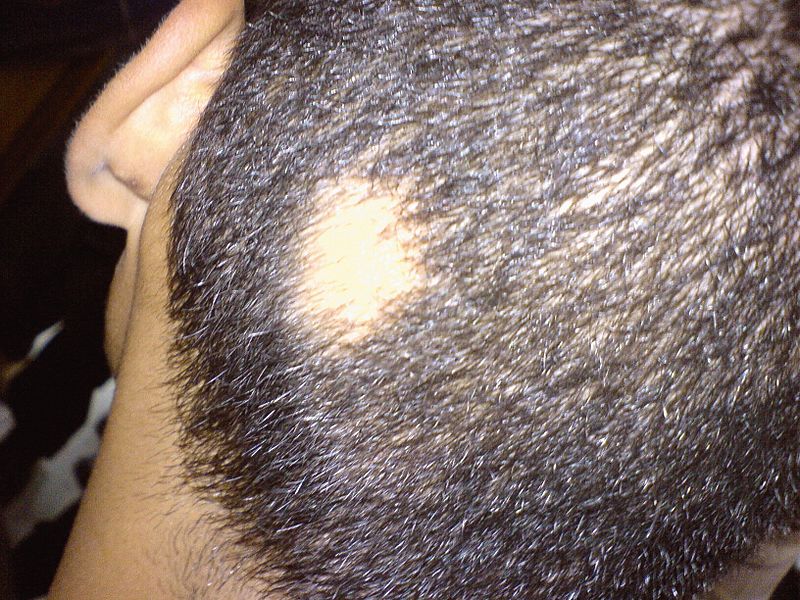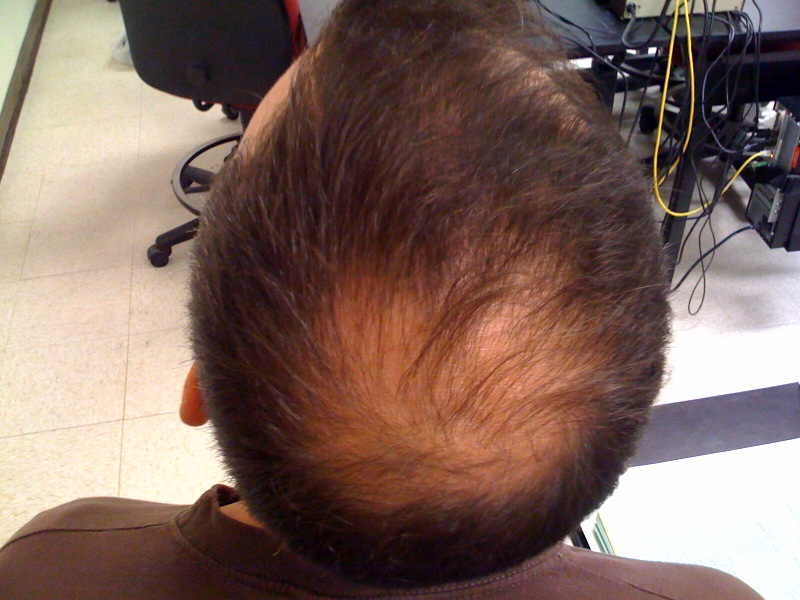Alopecia and Your Life
On Mar 17, 2015
With the many different hairstyles and fashion trends, pinpointing someone who is living with alopecia can be hard to do. Although alopecia has many synonyms such as baldness or hair loss, there are multiple ways that people can experience it. This article will go over the basics of alopecia and what possible treatment options are available to those who have it.
What is Alopecia?
Alopecia is the medical term for hair loss and can occur on multiple areas on your body; not just your scalp. There are a few different types of hair loss and each one has its own name: Alopecia Areata- partial patchy hair loss, Alopecia Totalis- complete hair loss on the scalp and Alopecia Universalis- total hair loss on scalp and body. Only about 5% of patients suffer from complete baldness and about 1% suffer from complete body hair loss. The most common type of alopecia, Areata, is a type of hair loss that occurs when your immune system mistakenly attacks your hair follicles. This type of alopecia is commonly seen as an autoimmune disease. Autoimmune diseases are diseases where your immune system fails to recognize your body’s own cells and tissues and attacks them. Although the damage caused to your hair follicles is usually not permanent, it could take a couple of months to regrow your hair. We do recommend seeing a dermatologist to determine the underlying cause of your hair loss. Your dermatologist can talk to you about treatments options for alopecia. Regardless of which type of alopecia you have, there are options and treatments that you can explore.

Treatments and Options
Alopecia areata is best treated by corticosteroids, which are drugs that reduce inflammation and suppress your immune system. Injection of small amounts of corticosteroids like triamcinolone into areas of hair loss is a common method used by dermatologists. Injections should be handled carefully and spaced out to approximately once every month since there is a risk of skin atrophy if too much steroid is injected or it is injected too often. Your dermatologist could provide a topical steroid form/solution for you to apply directly to the specific hair loss areas as well. It’s good to point out that using the topical form of corticosteroids can be less effective than receiving injections and are often given to children with hair loss. Corticosteroids do come in a pill form and are usually prescribed for patients who have many patches of hair loss. Prolonged use of oral steroids such as prednisone could cause serious side effects such as stomach ulcers, muscle weakness, bone weakness, and glaucoma; which is why dermatologists like to limit the duration of steroid use.
Anthralin is another medication that could be prescribed for your alopecia. The main purpose for this drug is to alter your skin’s immune function. Apply the tar-like substance to your skin for roughly 20-60 minutes and wash it off to avoid skin irritation. Possible side effects for anthralin may include soreness of skin and discoloration of fingernails. Your dermatologist may also administer Diphencyprone or DPCP to your skin. DPCP causes an allergic reaction to your skin, causing redness and itching. This reaction redirects your immune system inflammation from attacking your hair follicle to reacting to the DPCP. Please be patient if your dermatologist prescribes DPCP as it can take 3 months for your hair to start re-growing. There are multiple other options for alopecia areata including oral medications such a methotrexate. Please discuss any further options with your dermatologist.
If medication and surgery is out of the question for you or you choose to not go down that road so to speak, there are other options. Since alopecia is quite common and people tend to look for non-traditional methods, you may purchase a nature hair wig or style your hair to cover the bald spot(s). As with any form of treatments, research is key to maintaining a natural look. Reaching out to your dermatologist or to someone you know who has a form of alopecia, can assist you in finding the best kind of hair product for you. Although the following method is commonly used by men, women can utilize this as well. Shaving your scalp takes away the mystery of alopecia as there can be many reasons why people shave their heads.

In Conclusion



Comments
Leave a Comment